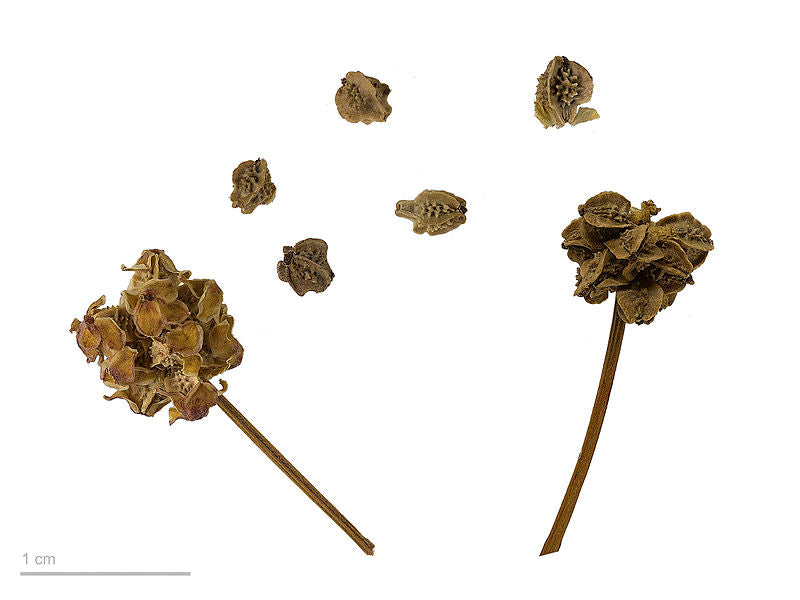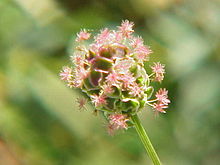No products in the cart.

Sanguisorba minor
Salad Burnet
Small Burnet
Garden Burnet
Greater Burnet
________________________________________________________________
Join the House of Full Flavor as we take on the Gulzaar Foods Burnet delicacies... an ancient herb with modern lifestyle uses!
Appearance and Description


- A rose family perennial that reaches up to 90cm in height
- A primary dark brown root has short rhizomes that give rise to flower stalks
- The leaves are rounded, heart-shaped with toothed edges and bluish green in color
- Blooming from June to July, flowers are dark reddish and small
- The small fruit has one nut
- Burnet grows in meadows, ditches and damp alkaline soil areas
- Great burnet is officially known as Sanguisorba Officinalis and then there is salad burnet, Sanguisorba minor
- The flowers do not have petals
BURNET Uses
- The Greater burnet is used in medicinal treatments
- The roots and rhizomes and aerial parts have been used in herbal medicines
- Salad burnet is used as a coolant and astringent. The young tender leaves are used in salads, dressings, sauces, and soups with basil, oregano, and dill
BURNET Flavor
- The older leaves are bitter, younger ones have a cucumber taste. They are used to flavor drinks
- The root is sour and bitter in taste
BURNET Health Benefits
- Salad burnet has exact medicinal qualities to the greater burnet and was used to relieve diarrhea
- Used in Chinese and Western medicine for anti-inflammatory, and antiseptic properties
- Relieves intense menstrual bleeding, blood in stool and urine, bleeding hemorrhoids and digestive disorders
- Mouthwash
- Gum Inflammation and swollen tonsils treatment
REFERENCES
{"one"=>"{{ count }} comment", "other"=>"{{ count }} comments"}
Leave a comment







kvZqMtQfJoN
iqlGMfHJQ
pDMIOtPjbcANr
AbpfHmzZGUou